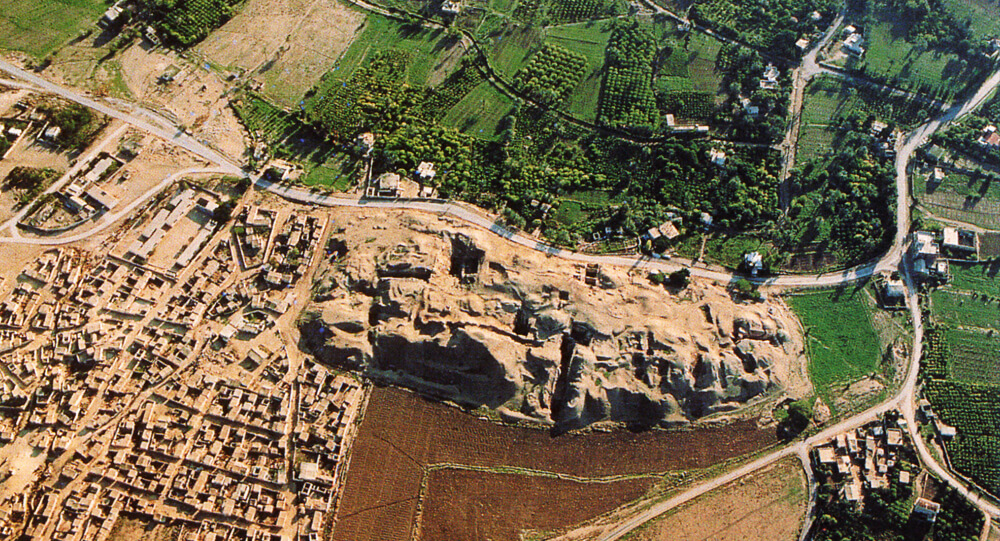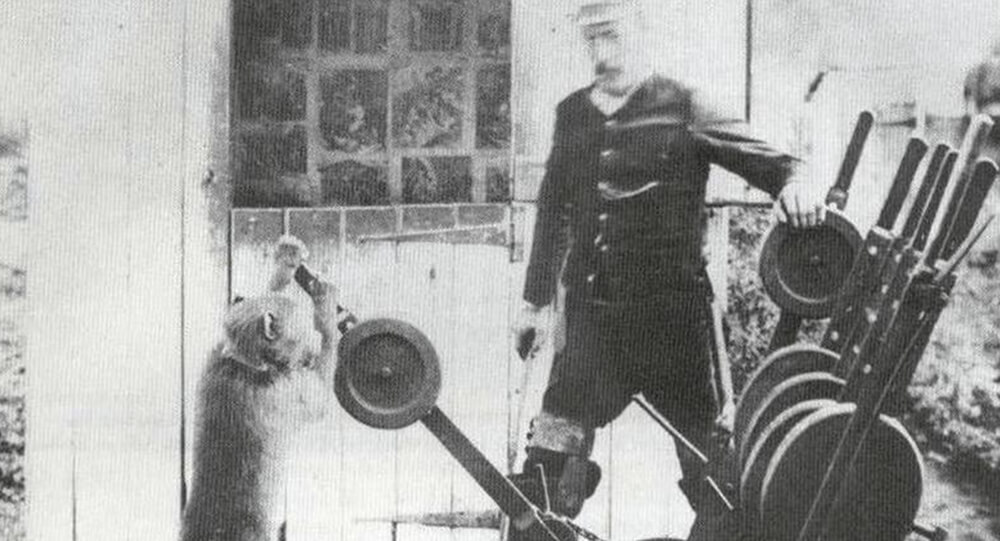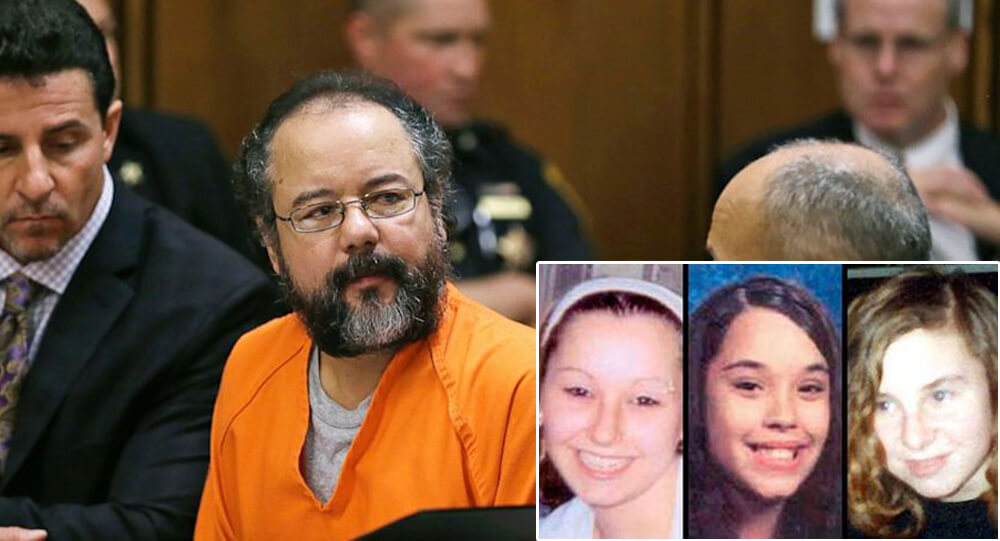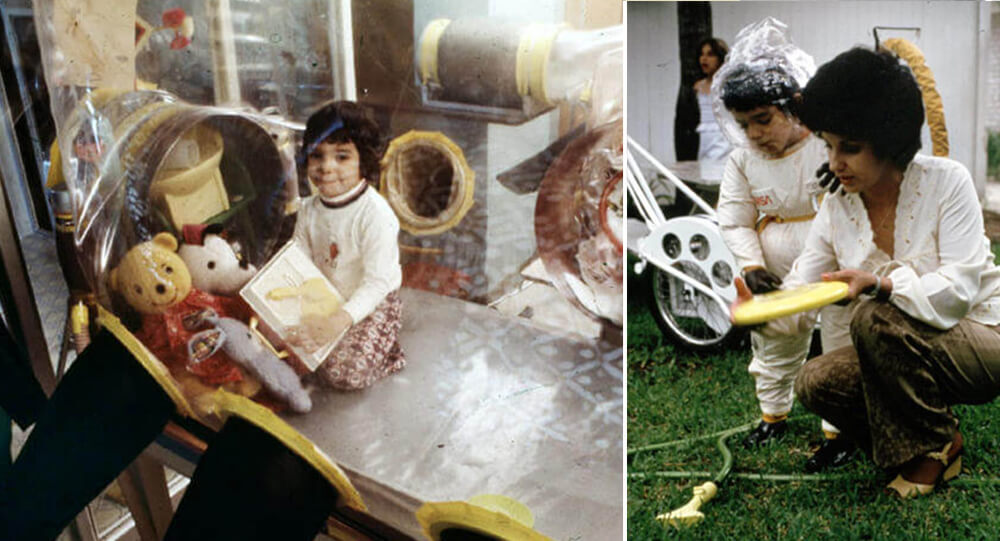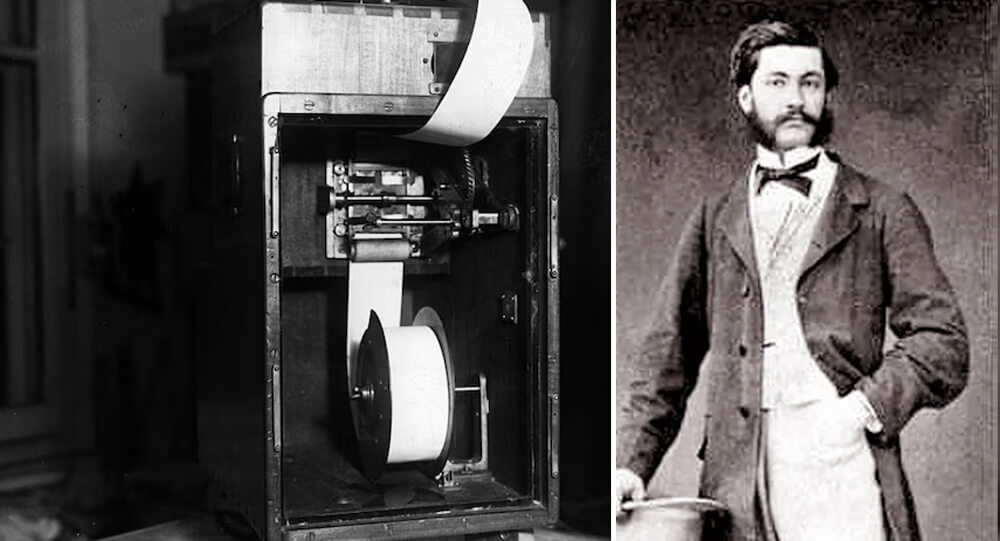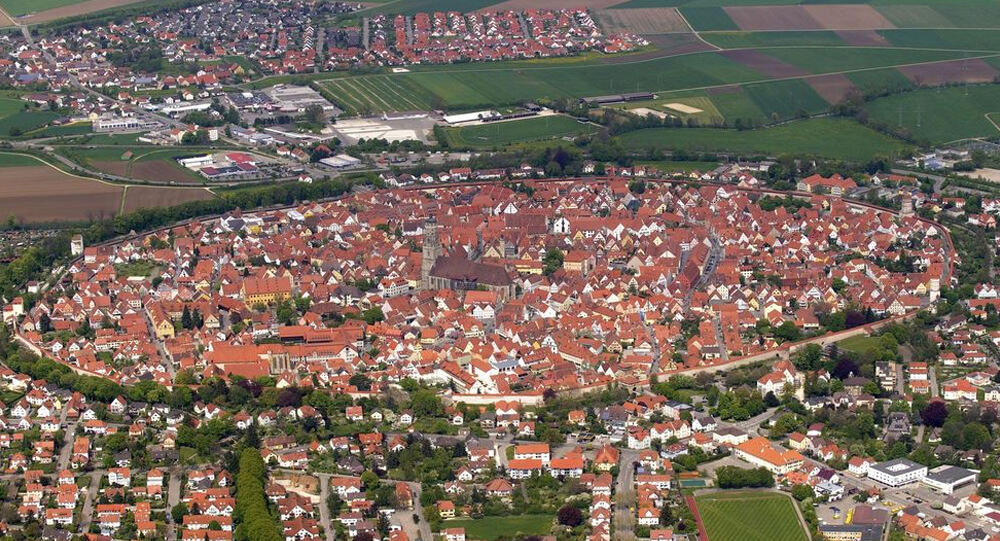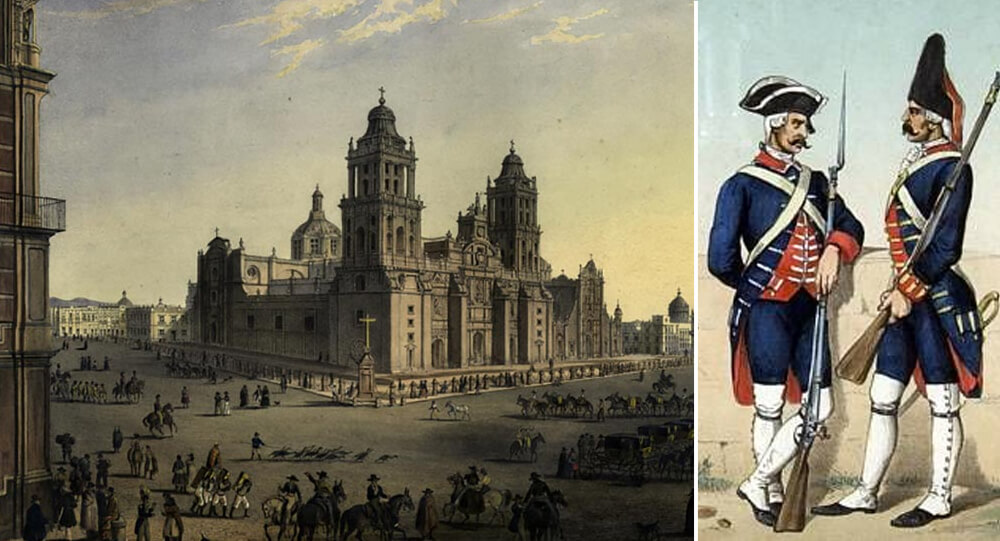
After WWII, the United States began to experience nursing shortages, and they began to look abroad for nurses. The Philippines became an obvious and important source of nurses, in part because they were trained in the United States.
This expansion of Filipino nurses to the United States is not new, and it stems from the Philippines’ long history of US colonialism.
Nurses from the Philippines are now employed all over the world.
Catherine Choy, an ethnic studies professor at the University of California Berkeley, describes how the US colonial regime began recruiting Filipino nurses in her book “Empire of Care.”

She claims that the demand for Filipino nurses in the United States stems from the Philippines’ status as a US colony, where the colonial regime instituted an Americanized education system, which included nurse training.
In addition, the United States established the pensionados program in the Philippines, which functions similarly to a study abroad program.
Many Filipino nurses retired; some went on to work elsewhere, while others returned to the Philippines between 1903 and 1940 to help establish nursing schools.
According to Choy, another wave of nursing shortages erupted in the 1960s as a result of the growing women’s movement of the time.
“However, as the movement grew, opportunities in a variety of professions arose, making it difficult to recruit American women into nursing — especially because nursing is a physically demanding profession.”
As a result, women in the United States had more professional opportunities in a variety of fields. “Traditionally, they were often relegated as professionals to professions that were considered appropriate for women, such as nursing, education, or social work,” she says.
Marcos’ survival strategy

Because of the constant demand for nurses, Filipino nurses have continued to migrate to the United States.
This was enhanced even further in the early 1970s, when then-dictator Ferdinand Marcos began to encourage labor migration from the Philippines.
Due to the country’s stagnant economy, there were an increasing number of unemployed young men, and Marcos saw this as an opportunity to send them abroad for work while establishing a system that could easily regulate and support labor outflows.
Marcos also noted that there was a high demand for nurses in the United States, pointing out that American healthcare institutions were actively recruiting Filipino nurses.
Choy claims that “he changed the government’s perspective.” “This could be good,” he reasoned, “because if they want nurses from the Philippines, we’ll produce more nurses.”
His administration’s directive was only meant to be a temporary policy measure to address the country’s immediate concerns, but it turned into a survival strategy as domestic socio-economic problems persisted.
“They are also going abroad for stability and security, not just for social and economic mobility.”
The Philippine Overseas Employment Administration (POEA), which oversees the recruitment and deployment of overseas Filipino workers, was established in 1982.
Until now, the Philippines’ labor export system has been described as ‘unparalleled’ in its sophistication.
International hiring
Nonetheless, as a result of this organized labor export, countries other than the United States began looking to the Philippines to fill nursing shortages in their own countries.
Choy also points out that Marcos’ approach, as well as the eventual migration of Filipinos, stemmed from growing economic discontent.
“Nurses from that time period had already begun to witness or observe some of the Philippines’ growing socioeconomic inequalities and political turmoil,” she says.
To stay or not to stay
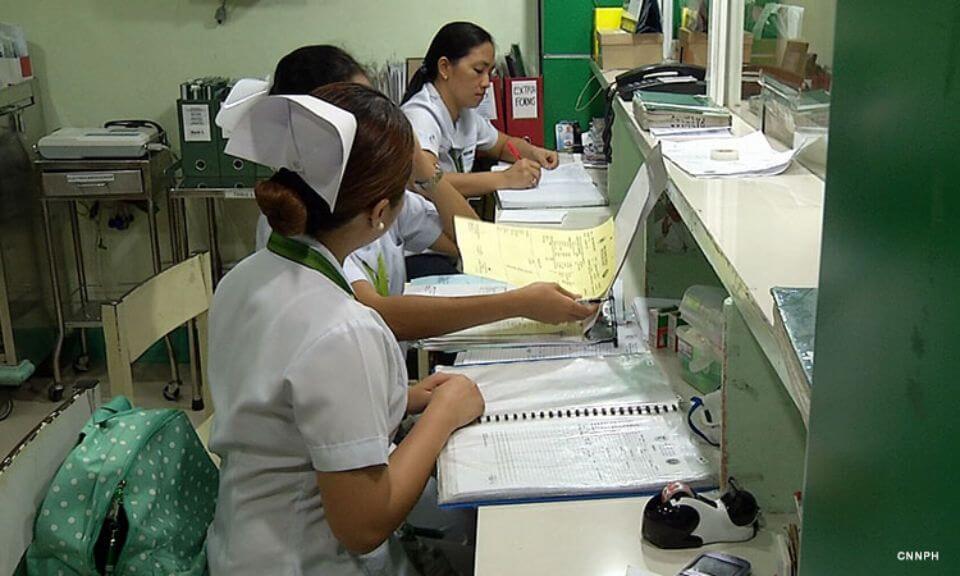
However, the demand for Filipino nurses to work in other countries has depleted our own supply, putting our already-fragile public health system at risk.
According to records, the health professional to patient ratio in hospitals can be as high as one nurse to 60 patients as a result of an increasing number of Filipino health workers leaving for other countries.
COVID-19 worsens this disproportionate ratio.
As a result, Labor Secretary Silvestre Bello III issued a temporary ban on medical personnel leaving the country.
“It is of paramount national interest to ensure that the country continues to have, sustain the supply of, and prepare sufficient health personnel to meet any future contingencies,” according to the POEA order.
If nurses are forced to work in the country, Rosie De Leon, the president of the Philippine Nursing Association, has stated that they should be properly compensated.
She also tells me that, even if the pandemic were not present, if we want more Filipino nurses to stay, their salaries must be improved.

Ancient Jericho: The First Walled City In History
The ancient city of Jericho is the world's oldest walled city, with evidence of stone fortifications dating back nearly 9000 years.

The history of Flour sack clothing fashion
After Kansas mill owners found women reused flour sack materials into apparel in the 1920s and 1930s, they started applying patterned designs to give families with more fashionable patterns and material.

Jack the Baboon operated a railroad, earned a living, and never made a mistake
A baboon worked as a signalman for the railroad in the late 1800s. He never made a mistake and worked for the railroad until the day he died.

The Horrific story of Ariel Castro and the Cleveland abduction
Cleveland abduction victims Gina DeJesus, Michelle Knight, and Amanda Berry were forced to live in Ariel Castro's house of horrors for 10 years. He raped and beat them until they escaped in 2013.

Poto And Cabengo: The Secret Language Of Twins
Poto and Cabengo, as the two girls called each other, communicated in their own language. The twins were ignored by their parents and secluded from the outside world because their father felt they were developmentally retarded, and their unique language evolved as a result of that neglect.

Nuclear bomb accidentally dropped on North Carolina in 196
4 January 1961: The 4241st Strategic Wing's Boeing B-52G-95-BW Stratofortress, serial number 58-0187, was on a 24-hour airborne alert mission off the United States' Atlantic Coast.

Man's Blood Helped Save Millions of Babies
Australian blood donor James Harrison has been one of our most impressive and valued donors, having donated for 60 years. Know his story, how he was a pioneer of our Anti-D program, and why this matters.

How 18th Century Women’s Rights Movements Shaped Modern Equality
The 18th century marked a turning point in the quest for women’s rights, as passionate voices challenged centuries of gender inequality and laid the groundwork for modern feminism. From pioneers like Mary Wollstonecraft to revolutionary declarations and early advocacy, this era sparked debates on education, political participation, and social justice that continue to resonate today. Journey through the origins of women’s rights movements and discover how their bold ideas shaped the fight for equality.

The touching story of David Vetter (bubble boy), the 'boy who lived in a bubble
David Vetter lived his whole 12 years in sterile “bubble”. He was “outside” for 20 second after being removed from his mother’s womb. He never touched any human.

How Dmitri Mendeleev Developed the periodic table of the elements
1850 Dmitri Mendeleev walked almost a thousand miles to Moscow so he could apply for the University of Moscow. Although he was not accepted, he walked to St. Petersburg where he was accepted, And with that education, he developed the the periodic table of the elements

The Littlest Skyscraper: How J.D. McMahon’s 480-Inch Con Fooled Investors in 1919
In 1919, J.D. McMahon convinced investors to fund a 480-foot skyscraper, but he labeled the plans as 480 inches, building a 40-foot structure instead. After taking $200,000, he won in court since the plans matched what he built.

How European Rabbits Took over Australia
In 1859, wealthy settler Thomas Austin released 13 wild rabbits on his Australian estate. By 1920, their population grew to 10 billion.

During the 1996 Olympic bombing, Richard Jewell falsely accused of committing the crime after saving dozens of people
Richard Jewell, an American security guard, discovered a bomb during the 1996 Olympic Games in Atlanta and assisted in the evacuation, but was later wrongfully accused and faced public scrutiny. He was cleared, but it had a lasting impact on him until his death in 2007 at the age of 44.

Louis Le Prince Invented the motion picture camera, and then he mysteriously disappeared
Louis Le Prince, the inventor of motion pictures, vanished without a trace in 1890. Thomas Edison quickly claimed the title of "first and sole inventor of cinema," even taking Le Prince's son to court to dispute it. A few years later, the son also dies under mysterious circumstances.

Nordlingen, The Town Inside A Meteorite Crater With Millions Of Meteorite Diamonds
The German town of Nördlingen is embedded with 72,000 tons of microscopic diamonds. About 15 million years ago, a meteorite hit this region, and the impact created a massive depression and formed rocks containing diamonds, glass, and crystals. The town was built in the impact crater sometime around 898 CE.

What is the story behind Wrigley chewing gum?
Wrigley's was originally a soap company that gifted baking powder with their soap. The baking powder became more popular than the soap so they switched to selling baking powder with chewing gum as a gift. The gum became more popular than the baking powder so the company switched to selling gum.

The Amazing Truth About The German U-Boat That Was Sunk By A Toilet
During WWII, a German captain and an engineer flushed the submarine's high-tech toilet incorrectly, causing the vessel to rapidly fill with water. British planes patrolling the sea attacked them as the submarine was brought to the surface. While many members of the crew were killed in the attack, the captain escaped!

Knockers-up: waking up the Industrial Britain's Workers in 1900-1941
Before alarm clocks were invented, there was a profession called a knocker-up, which involved going from client to client and tapping on their windows (or banging on their doors) with long sticks until they were awake. It lasted into the 1920s.

Ancient Egyptians Had Pregnancy Tests Over 3500 Years Ago
The ancient Egyptians used a pregnancy test that involved potentially pregnant women peeing on barley and wheat seeds. Plant growth indicated pregnancy: barley for a boy and wheat for a girl. Later tests revealed that pregnant women's urine causes plant growth 70% of the time, whereas non-pregnant women's urine does not.

Did Gil Pérez Really Teleport from Manila to Mexico Overnight? The 1593 Mystery
On October 24, 1593, while performing his guard duties at Manila's Governor's Palace in the Philippines, Gil Perez stopped to lean against a wall and sleep for a while. He opened his eyes to find himself in an unusual environment. Gil was in the Plaza Mayor in Mexico City. They imprisoned Perez, but the authorities in Mexico City decided to release him and return him home.

Iranian inmate dies from happiness after finding out he will not be executed
An Iranian man who was convicted of murder reportedly died from happiness after learning that his death sentence was being commuted.

Marion Stokes recorded 30 years of television
Marion Stokes, a Philadelphia woman began taping whatever was on television in 1979 and didn’t stop until her death in 2012. The 71,000 VHS and Betamax tapes she made are the most complete collection preserving this era of TV. They are being digitized by the Internet Archive.

The story of a man who spent 72 hours with 72 venomous snakes to prove they only bite when provoked
In the 1980s, an Indian man spent 72 hours in a glass cabin with 72 snakes, some of which were extremely venomous. His aim was to prove that snakes only attack when provoked. Remarkably, he was not bitten once in those 72 hours and even set a Guinness World Record in the process.

Susanna Salter: The Trailblazing Story of America’s First Female Mayor
In 1887, Susanna Salter became the first female mayor in the United States, elected in Argonia, Kansas. Her nomination was initially a prank by men opposing women in politics. However, she won by a landslide and served effectively, inspiring the women’s suffrage movement and breaking barriers for women in leadership.

Underground Railroad to Mexico freed thousands of slaves in 1829
Slavery was abolished in Mexico in 1829. Slaves were escaping to Mexico, and slaveholders in the US were aware of this. The US attempted to get Mexico to sign a fugitive slave treaty, which would have required Mexico to send back escaped slaves to the US. But, Mexico refused, arguing that slaves were free as soon as they set foot on Mexican soil.

